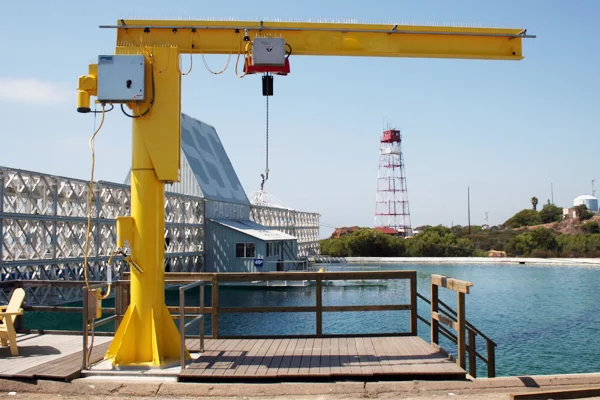JIB crane manufacturers
Santek is one of the leading JIB crane manufacturers in India. Our JIB cranes are helpful in manufacturing settings because they improve safety, increase production, and reduce worker accidents. They are typically easy to install as they don’t need support from building columns and have low upkeep due to their simplistic design.
A JIB crane is an overhead lifting device that is particularly used in smaller work cell areas. It is a device used for any kind of repetitive task that requires a unique capability. They are one of the sought-after cranes as they are very versatile and one of the prominent machines to boost production.
A Jib crane is one of the cost-effective material flow solutions. It is a sort of overhead lifting machine normally used in smaller industries having repetitive and unique lifting tasks. These cranes are highly flexible and can also be coupled with overhead bridge cranes to increase production.
This crane is moderately simple in design but can have good lifting capacities from 125 kg to 15 tons in some applications. Its ergonomic design makes it appealing in a production environment because it can maximize workers’ productivity, minimize workplace injuries, and enhance safety. It is easy to operate and needs less maintenance as it contains fewer parts that could potentially break down. Also, it supports overhead cranes on production lines and keeps workstations, machining cells and warehouses in operation.
Capacity: 125 Kgs. – 15 Tonnes





